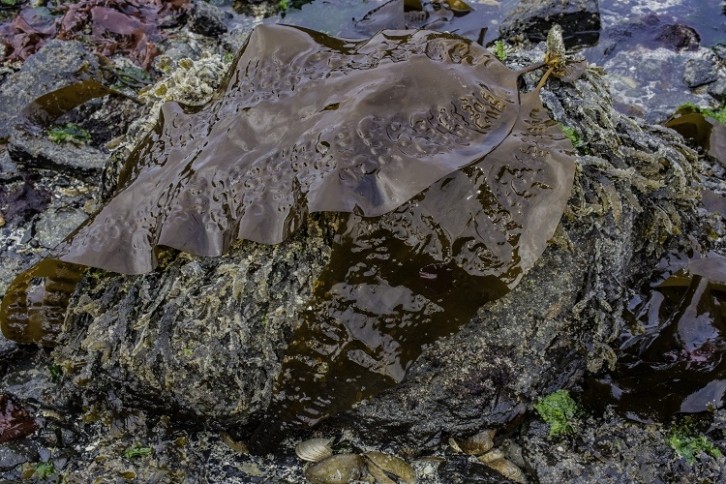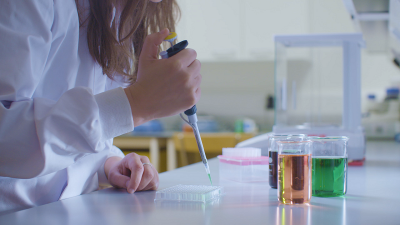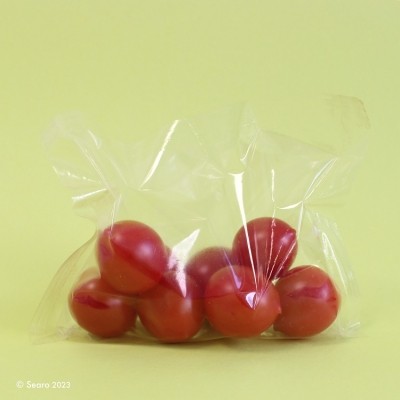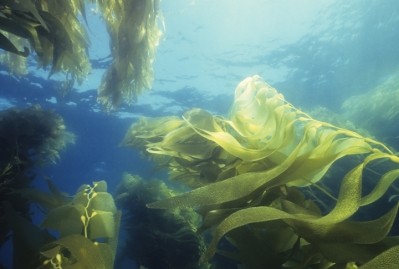How can industry turn the tide on seaweed consumption?
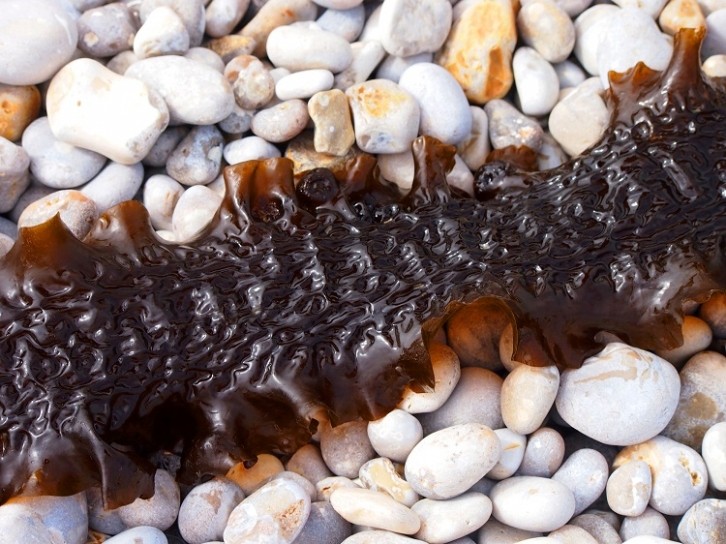
Although a staple of many Asian diets as well as some areas of Ireland and North America, seaweed has yet to infiltrate much of Europe. For many in this region, eating seaweed is a novel concept.
Without a previous understanding of what seaweed tastes like, it can be a struggle to encourage greater consumption based on ‘good taste’ alone. In response, scientists have sought to understand what influences consumption – or lack thereof – of these marine plants.
Seaweed: the good, the bad, and the smelly?
The seaweed market is fast-growing. According to Allied Market Research, the global seaweed market was valued at $6.5bn (6.03bn) in 2021 and is projected to reach $14.6bn by 2031.
In many ways, seaweed is the perfect food. Edible seaweed is low in calories and high in antioxidants, flavonoids and phenolic compounds – all which have potentially health-promoting properties.
Many seaweed varieties contain multiple vitamins and important minerals ranging from iron to magnesium, calcium and potassium. Seaweed is also a source of sodium, magnesium, phosphorus and zinc.
From an environmental sustainability perspective, too, it’s hard to find fault: seaweed can be cultivated without land or fresh water, and the plants sequestrate carbon dioxide from the atmosphere as they grow.
But it is difficult to find seaweed and kelp products in stores, and just as hard to sell based on its good taste. “Many people associated food with good taste and buy the products they think are good,” explained Florent Govaerts, a scientist at the Norwegian Institute of Food, Fisheries and Aquaculture Research (Nofima) in Tromsø. Most people simply don’t know what these marine plants taste like.
Further, products containing seaweed are not yet readily available in major retailers. “Here in Tromsø, there are international stores with produce from Asia, but if you want to buy kelp from Norway or if you don’t live in a big city, it’s very difficult.”
In addition, many consumers associate the ingredient with the rotting, smelly seaweed that washes up on beaches. Whereas seaweed gathered for consumption has a fresh, salty smell, explained the scientist. “In addition, people think it is expensive. Or rather: they believe it is expensive.”
Communication is key
So why do consumers buy products containing seaweed? Looking to consumers in Norway and the UK, Govaerts and his team analysed what influences these purchase decisions. “My goal is not to convince people. It is to understand what influences them,” stressed the scientist.
The biggest influencing factor is seaweed’s nutritional credentials, following by its low environmental footprint. People feel they have a responsibility to eat seaweed and kelp because it is sustainable and environmentally friendly, he explained.
“This really influences our intentions. Therefore, we also see that those who have environmentally friendly and sustainable values are more positive about buying seaweed and kelp than those who see other values as being more important.”
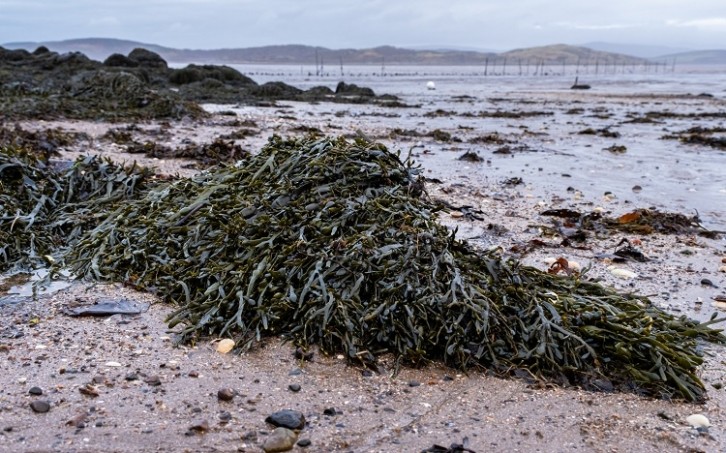
Therefore increased communication around seaweed’s health and sustainability credentials will likely help boost consumption. The seafood industry has an opportunity to provide more information on these elements of seaweed, Govaerts suggested.
“Those who want us to eat kelp must go out to the media and try to tell us that this is a healthy product that contains lots of vitamins, minerals and fibre. It is environmentally friendly – you don’t need pesticides or fertilisers.
“Firstly, it is important to get the message out to people that it is healthy and environmentally friendly, and then that it can taste good. The problem is that people have so little knowledge.”
Seaweed as a flavour enhancer
Although many consumers may not know what seaweed tastes like, or even think it tastes as bad as rotting, washed up kelp smells, it can actually serve as a flavour enhancer. If rolled out at scale, this could be an obvious way of increasing global consumption.
In Norway, sugar kelp grows along the coastline. Otherwise known as Saccharina lattissima, sugar kelp is characterised by its brown colouring, ‘blade’ and 'wave’ shaped edges, and like the name suggests, its sweet taste.
Sugar kelp is the perfect candidate for a flavour enhancing ingredient, but it can (like other kelp varieties) contain too much iodine. Humans must consume some food with iodine to be healthy, but not too much.
Scientists at the Norwegian University of Life Sciences (NMBU) have found a way to process sugar kelp that preserves its taste and nutrients, while removing most of its iodine content.
The solution is to rinse the kelp thoroughly in warm (45˚C) salt water for two minutes, researchers found. When a tasting panel tested the kelp (used to add extra flavour to a soup), findings were positive.
The taste testers noted the kelp-flavoured soup had a slightly increased salty taste, suggesting there is potential for sugar kelp to be used to reduce salt content in food products.
But for that to happen, even more iodine would need to be removed. The final levels obtained in the study were higher than current available recommendations, which the researchers suggest would limit its use in food products likely to be consumed frequently.
Source: Journal of Applied Phycology
‘Approaches for reducing the iodine content of the brown seaweed Saccharina latissimi – effects on sensory properties’
Published 28 April 2023
DOI: https://doi.org/10.1007/s10811-023-02974-5
Authors: Johanna Liberg Krook Arne Duinker, Pierrick Stévant et al.
